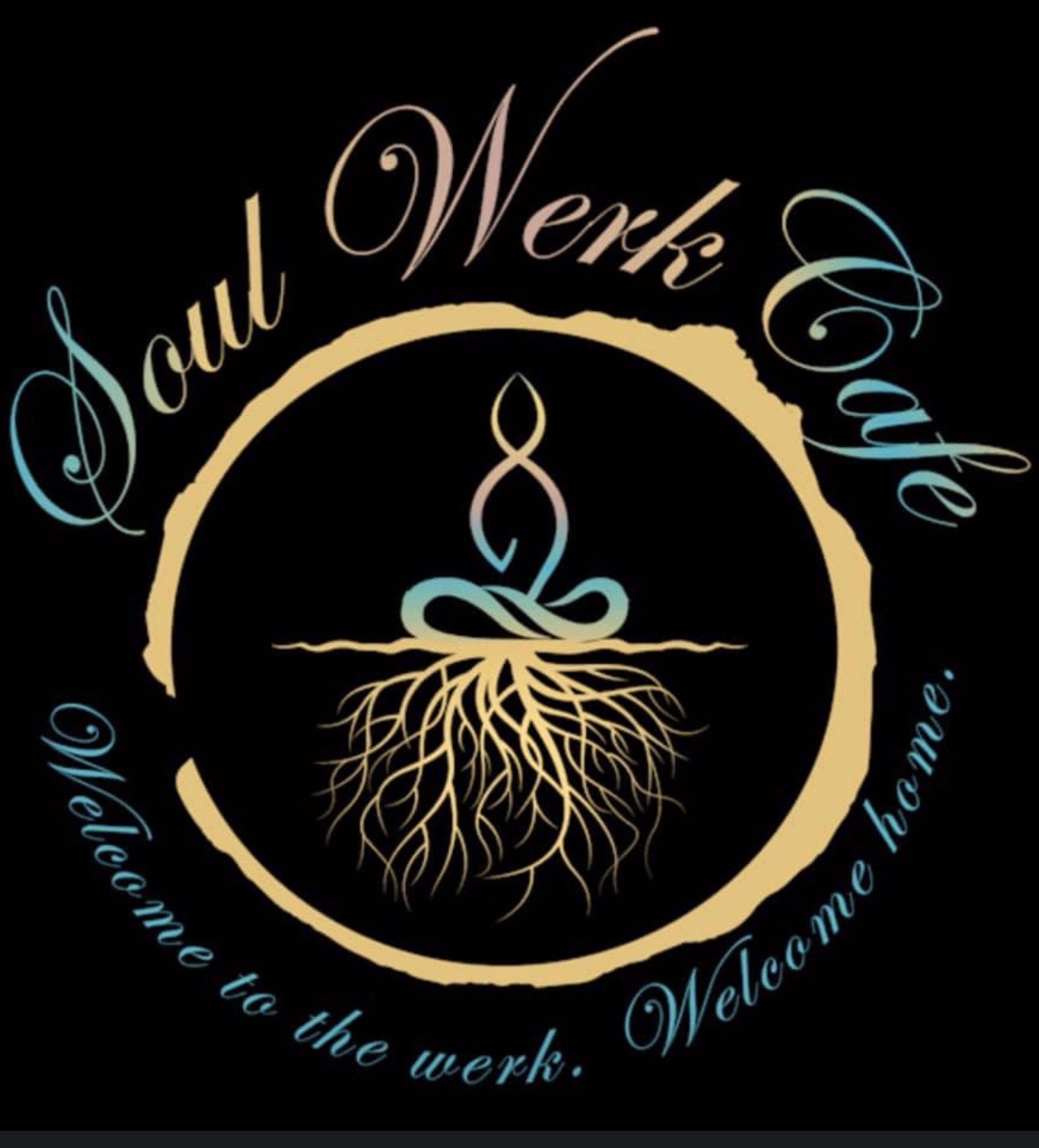Naming The Violation: A Guide to Healing Through Dialogue
- soulwerkcafe

- Mar 28, 2023
- 2 min read

In family units, we often struggle to find a space where we can be heard and seen in our fullness. It is only when we can name the violation that has been done against us that we can begin to heal. We will explore an effective way of engaging in healthy and helpful dialogue.
When working through family conflicts, naming the violation is an important first step because it helps by:
Allowing both parties to clearly identify and acknowledge the issue at hand.
Setting a precedent for further action by allowing the individuals to look objectively and determine the best course of action.
Ensuring that all parties understand what is being discussed, reducing confusion and enabling a more productive conversation.
Establishing boundaries and ground rules, ensuring that all parties understand appropriate conduct in order to move towards resolution.
Reducing resentment or frustration by creating an open dialogue between both parties.
Providing a platform for future conversations where issues may arise, as each party is aware of potential misinterpretations or misunderstandings beforehand.
It can be difficult for us to express ourselves without interruption or aggressive rebuttals, so it is important that each person in the conversation feel safe and respected. Utilizing flashcards as prompts or talking points allows each person the opportunity to explore their views and feelings while keeping the conversation focused on understanding one another. This approach ensures that all voices are heard and can prevent conversations from devolving into heated debates.
Another key component of successful dialogue is active listening. When each participant takes turns actively listening, they are able to fully express their perspective without fear of judgement or dismissal. Active listening also allows us to empathize with one another and understand how our experiences can shape our viewpoints differently. Taking time to pause during conversation offers us a chance to practice mindful communication, helping us build trust and establish healthy relationships with one another.





Comments